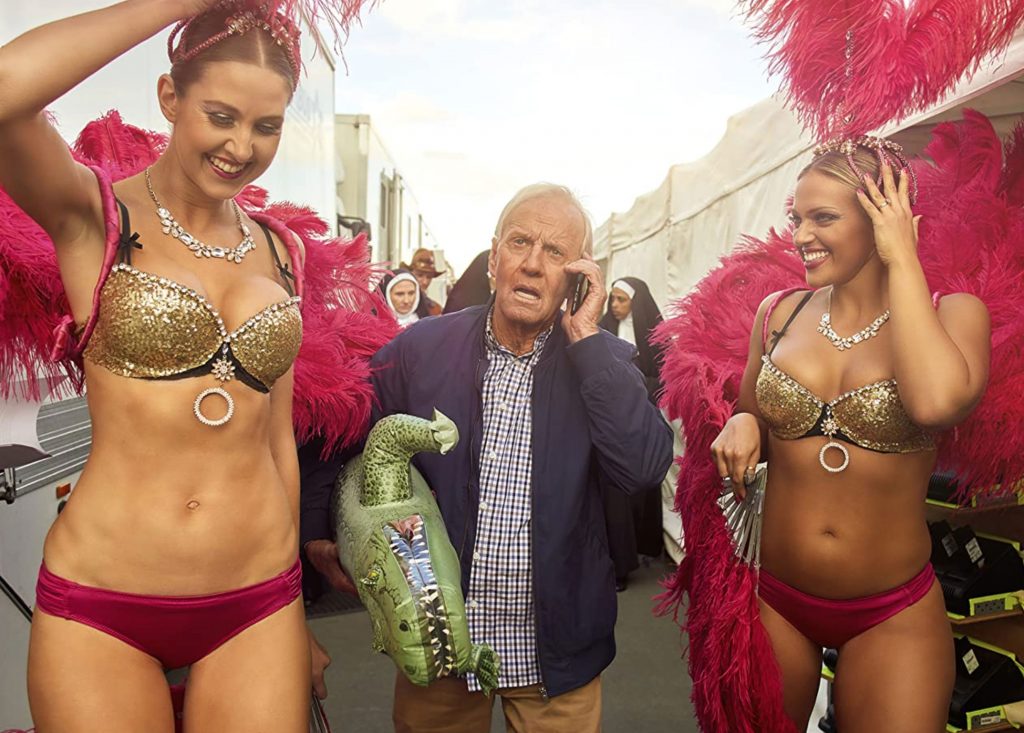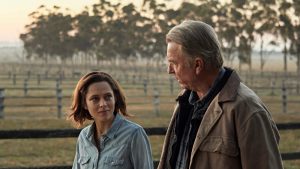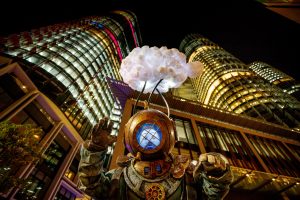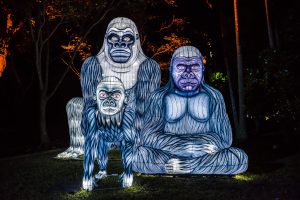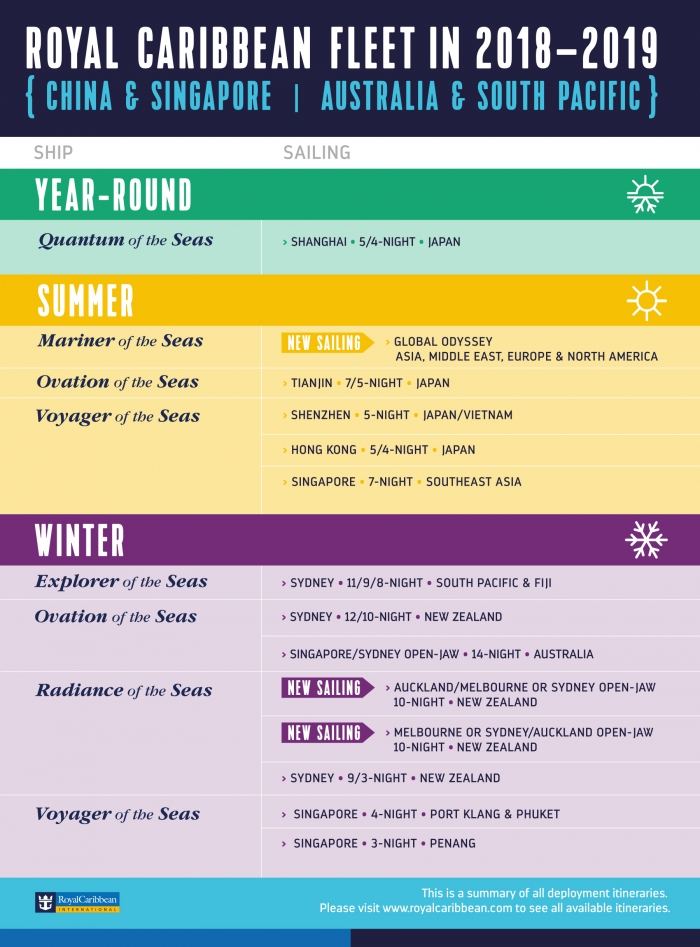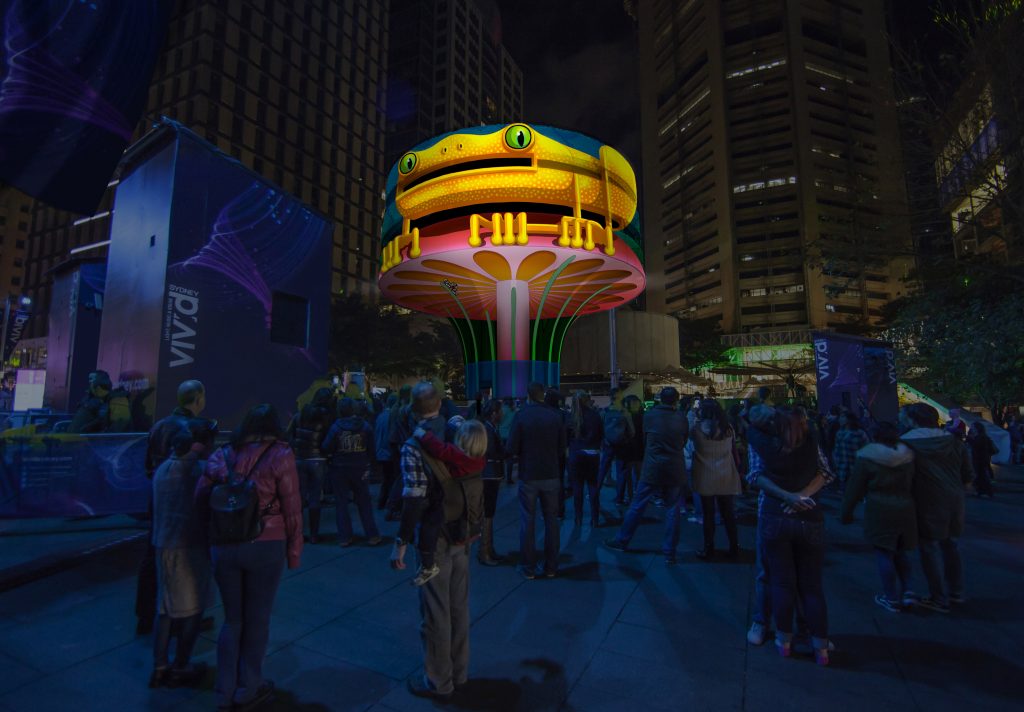June 11, 2021
by Carla Hay

Directed by Paul Meins
Some language in Spanish with subtitles
Culture Representation: Taking place over an eight-year period in Spain and Australia, the dramatic film “Chasing Wonders” features a predominantly Hispanic cast of characters (with some white people) representing the working-class and middle-class.
Culture Clash: The story’s male protagonist, shown at ages 12 and 20, has a tension-filled relationship with hs father, who is haunted by a tragedy from his past.
Culture Audience: “Chasing Wonders” will appeal primarily to people who are interested in immigrant stories and stories about people with family secrets.

The dramatic film “Chasing Wonders” blatantly pulls at people’s heartstrings. However, the acting and story are realistic enough that viewers should find something to like about this movie about a Spanish immigrant family trying to overcome emotional dysfunction while living in Australia. Yes, it’s unabashadly sentimental and at times a little melodramatic, but the movie’s overall message is hopeful and uplifting. “Chasing Wonders” can also be relatable to anyone who understands how events from a family’s past can affect the emotional well-being of the family, possibly for generations.
Directed by Paul Meins and written by Judy Morris, “Chasing Wonders” is a movie that flashes back and forth between two time periods for the story’s Spanish Australian protagonist: Savino Farias (played by Michael Crisafulli) at age 12 and at age 20. Although the story is told from Savino’s perspective, the movie’s narrator is Savino’s maternal grandfather Luis (played by Edward James Olmos), who adores Savino and is Savino’s greatest teacher and mentor.
The back-and-forth time shifts and having two different characters as the narrator and protagonist could result in a very messy film. But fortunately, the movie’s constant jumping over time periods is easy to follow, thanks to the consistently clear screenwriting from Morris, skilled editing from Nicolas Gaster, and solid direction from Meins.
“Chasing Wonders” was also filmed over a five-year period, so the movie did not need two different actors to play Savino as a 12-year-old and a 20-year-old. Keeping the same actor as a child and as an adult just adds to the realistic nature of this dramatic story. It also helps to distinguish between the time periods, because Savino looks his age at these two different periods in his life.
As grandfather Luis explains in voiceover narration in the beginning of the film: “We are all here to dream. It is the very purpose of our mind. And when we are young, our dreams are vivid, crystal-clear. My grandson, he was a dreamer.”
And who is Savino Farias? He is an only child who was born in Spain into a tight-knight but frequently emotionally repressed family. His stern father Felipe (played by Antonio De La Torre) owns a vineyard, while his homemaker mother Adrianna (played by Paz Vega) is the more nurturing parent. Felipe is emotionally troubled: At times he can be cold and distant, while at other times he can fly into a rage over petty things.
Also living in the household are Adrianna’s father Luis and his wife Maribel (played by Carmen Maura), who both adore Savino, who is their only grandchild. Felipe has a handsome and more impulsive younger brother named Goyo (played Quim Gutiérrez), who also lives in the household. Goyo works with Felipe at the vineyard. It’s a family-owned vineyard, but Felipe is in charge, and he never lets people forget it.
Savino spent the first six years of his life living in Spain, until his father decided that the family needed to move to Australia, even though they didn’t know anyone there. Felipe’s parents were deceased by the time the family moved to Australia. Just like in Spain, Felipe owns a vineyard in Australia that is operated with Goyo’s help. The Farias family vineyard and house in Australia are much smaller than the ones that they had in Spain. The vineyard is so small that Felipe and Goyo are the vineyard’s only two employees shown in the movie.
Because Savino’s boyhood scenes show him at 12 years old, it’s during a time when the family has been living in Australia for six years. At some point when they were living in Australia, there was a new addition to the family household: Goyo now has an Australian live-in girlfriend named Janine (played by Jessica Marias), who does some help around the house and the vineyard, but Felipe and Goyo do most of the hard labor outside.
It’s never made clear how long Goyo and Janine have been together by the time that Savino’s childhood is shown when Savino is 12 years old. But based on conversations, it seems like Goyo and Janine have been together for less than two years. There’s a scene of the entire family having dinner together. Savino is asking for family blessings during the dinner prayer, and he doesn’t seem to know how to describe Janine’s relationship to the family in the prayers, since Janine and Goyo are an unmarried couple. Luis tactfully tells Savino that he can describe Janine as “Goyo’s girlfriend.”
Although “Chasing Wonders” might seem to be a family-friendly film that’s appropriate for all ages to watch, it’s not. There’s some cursing (much of it from children) and a graphic scene of Savino killing a hissing snake in self-defense. There’s also a sex scene with Goyo and Janine that briefly shows partial female nudity. Viewers should know this information up front so they can use their own discretion on whether or not to watch “Chasing Wonders,” especially if very young or very easily offended people could be watching.
The scenes with Savino at 20 years old show him going back to visit his original family home in Spain. He is greeted by the property’s live-in caretaker Cosme (played by Francesc Orella), who tells Savino that the family that currently owns the property is from Barcelona, but it’s not the family’s main home. Therefore, the homeowners are not there when Savino comes to visit.
Cosme lives in the property’s guest home. And just like Savino’s beloved grandfather Luis, Cosme lives with several members of his family: Cosme’s wife (played by Imma Vallmitjana); Cosme’s mother-in-law (played by Mariona Perrier); Cosme’s son (played by Marc Guzman); Comse’s daughter-in-law (played by Inés Abad); Cosme’s granddaughter (played by Claudina López); and Cosme’s grandson (played by Eric García).
There’s a brief scene of Savino having dinner with Cosme and his family, and then these family members are not seen again. Cosme is Savino’s main tour guide around the property, so Savino can see how the place might have changed since Savino lived there. Cosme also takes Savino to a few other places that are part of the Farias family’s past.
Most of the story is centered on Savino as a 12-year-old. At school, he’s somewhat of a loner. On the school bus, there are hints that most of his classmates treat Savino as an outsider because he comes from an immigrant family whose first language is Spanish. Savino is fluent in Spanish and English, and he has an Australian accent. He mostly keeps to himself, and there doesn’t seem to be anything outstanding about him at school.
Savino isn’t a complete outcast. His closest and only friend at school is Skeet (played by Jarin Towney), a rebellious kid who comes from a home where his parents have split up and his father rarely keeps in touch with him. When they’re not around adults, Savino and Skeet curse quite a bit. It’s adult language that Savino would never use in the presence of his strict father.
During conversations that Savino and Skeet have, there’s a “grass is always greener” tone to how they view each other’s family situation. Savino seems to think it’s better to have an absentee father than to have a father who is in the household but always seems to be disapproving and ill-tempered. In one scene, Savino says mournfully to Skeet about how Felipe treats him: “I just disappoint him. I don’t know what he wants. I’m not the kid he wants.”
Meanwhile, Skeet (who is emotionally wounded by a father who ignores him) tries to cheer up Savino by saying that having a disapproving father is at least an indication that the father cares. Skeet thinks that’s better than having a father who doesn’t seem to care at all. Savino tries to make Skeet feel better by encouraging Skeet to reach out to Skeet’s father. Although Skeet and Savino have very different views of each other’s family situation, one big thing that they have in common is that they both feel stifled and somewhat unhappy in their families, and the boys like spending time with each other outside of their respective homes.
Savino has a telescope that he got as a gift from his grandfather Luis. Savino loves looking at the stars with the telescope. And he sometimes does some harmless spying on Goyo and Janine, whose bedroom window is directly across from Savino’s. It’s why Savino accidentally sees the couple having sex in their room while their room’s window is exposed. Savino is curious, but he doesn’t fixate too long on watching them have sex. He’s not a perverted Peeping Tom, after all.
One evening while using his telescope, Savino sees a shadow of a big bird and a smaller golden bird that flew over a big rock formation that Savino wants to eventually see up-close in person. Savino excitedly tells his grandparents about what he saw and asks how to get to the rock. Luis mysteriously replies, “You know how. Follow the stars.”
This advice prompts Savino to secretly go exploring at night, knowing that his father Felipe would disapprove and possibly punish him. “Chasing Wonders” has some striking and beautiful cinematography from Denson Baker, especially in the outdoor scenes with wide open spaces. (However, some of the sky backdrops look like visual effects that could have been improved.) The movie was filmed on location in the Spanish cities of Barcelona and Penedés, and in Australia in Barossa Valley, Flinders Ranges and Adelaide Studios.
Savino is fascinated by the Milky Way. And he wants to find the rock formation that he spotted in that telescope sighting. Savino sneaks out of the home to do these walks, but he comes back in time before his parents notice that he ever left. Eventually, Skeet comes along for the journey one night.
There are scenes of Skeet and Savino walking in the outdoors, sometimes on or near a tube-like tunnel, while they talk about their lives. It’s very reminiscent of the 1986 classic film “Stand by Me,” but with two boys instead of four. During their conversations, Savino seems to fear his father but also want his father’s respect and approval.
Felipe is trying to prepare Savino to eventually take over the family vineyard when Savino is old enough to do so. At this point, Savino doesn’t know what he wants to do with his life, but it seems that his father has already decided for him. What bothers Savino is that he doesn’t know why his father is quick to get angry at him.
Savino knows that something happened to Felipe when Felipe was young, but the family doesn’t want to talk about it. Felipe and Luis sometimes clash because Felipe thinks that Luis gives too much encouragement to Savino to be a dreamer. Observant viewers will also notice that Felipe is probably jealous that Savino is closer to Luis than Savino is to Felipe.
Considering the gruff way that Felipe sometimes treats Savino, it should come as no surprise that Savino has more love for Luis than he does for Felipe. Everyone in the household seems to be a little bit afraid of Felipe because of his unpredictable temper. Felipe also seems to hate the possibility that Savino might not be interested in taking over the family business, because it’s a rejection that Felipe would take very personally.
In one scene, Felipe shows Savino the art of wine tasting and how to be able to tell what year that the wine was made. Felipe gets irritated when Savino starts to giggle during this instructional demonstration. And then, Felipe becomes enraged when he figures out that Savino is tipsy from too much wine that Goyo allowed Savino to drink when Felipe wasn’t there. Goyo is apologetic, but he also thinks Felipe is overreacting.
Felipe verbally rips into Goyo (it won’t be the last time) and yells at him that they’re not in Spain anymore, where letting underage children drink alcohol is more acceptable than it is in many other countries such as Australia. Although it’s highly unlikely that any authorities would find out that Savino had too much wine to drink in this situation, Felipe’s anger has as much to do with wanting to be in control as it has to do with being a protective parent. Felipe thinks Goyo has a tendency to be irresponsible, and Felipe doesn’t want Goyo to be Savino’s role model.
Later in the movie, because of a misadventure that happens while Savino and Skeet snuck out of their homes to explore, Felipe takes away Savino’s telescope and hides it as punishment. It’s not enough to deter Savino from wanting to use the telescope. While Felipe is out in the vineyard, Savino snoops around to try to find the telescope.
Underneath Goyo’s bed, Savino finds a hand-drawn illustration of a family portrait. This illustration is the key to unlocking the mystery of Felipe’s emotional problems. The mystery is eventually revealed in a series of flashbacks.
“Chasing Wonders” is a poignant story about the ripple effects of a family tragedy and the realities of losing loved ones, but the movie also has several moments of inspiration in showing how family members can help each other in depressing times. Savino has a troubled relationship with his father. However, Savino gets a lot of love and respect from his mother and her parents, who all accept Savino for the way he is. It’s why Savino doesn’t feel completely unwanted in life.
Felipe could easily be the movie’s villain, but there are no real villains in this story—just a father who is emotionally damaged. Felipe loves his family, but he has personal demons that affect the way he expresses (or represses) his emotions. All of the cast members give admirable performances, but Crisafulli is particularly noteworthy as Savino, the anchor of this story. There’s a maturity of adulthood in someone’s eyes that can’t be faked or replicated when the same actor portrays the same character as a child and as an adult.
De La Torre as Felipe and Olmos as Luis are also very effective as two very different father figures. Savino learns life lessons from both of them. Savino might not have realized it when he was a child, but his emotionally painful experiences with his father probably prepared him to deal with difficult people in the real world, compared to someone who grows up in a very sheltered environment. The takeaway from the movie is that although people can’t control the families they were born into and other things that happen in life, one of the greatest gifts that someone can give besides love is honest and open communication.
Gravitas Ventures released “Chasing Wonders” in select U.S. cinemas, on digital and VOD on June 4, 2021.



